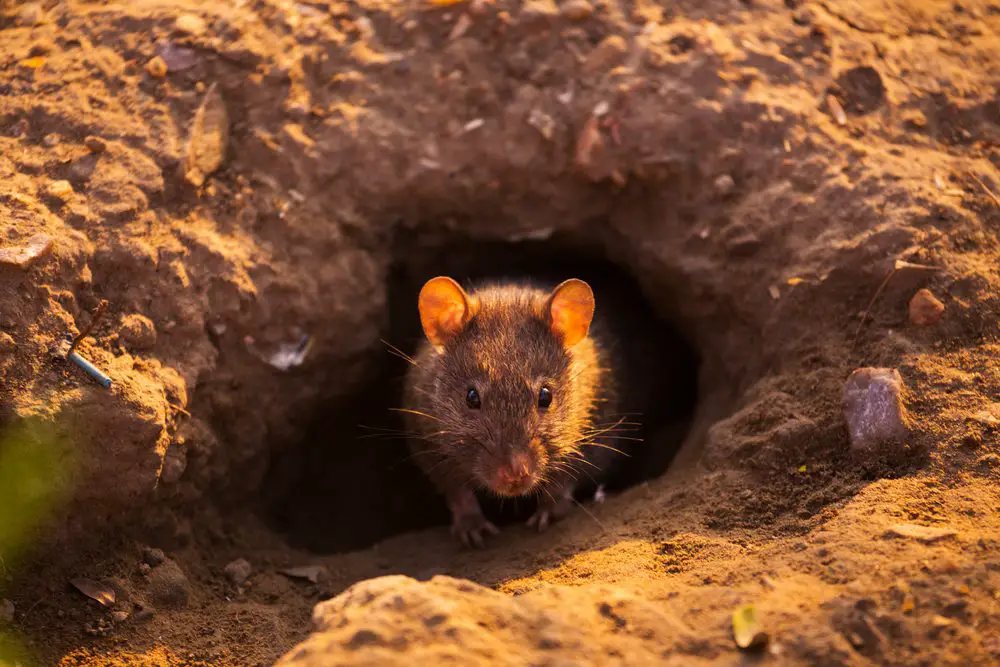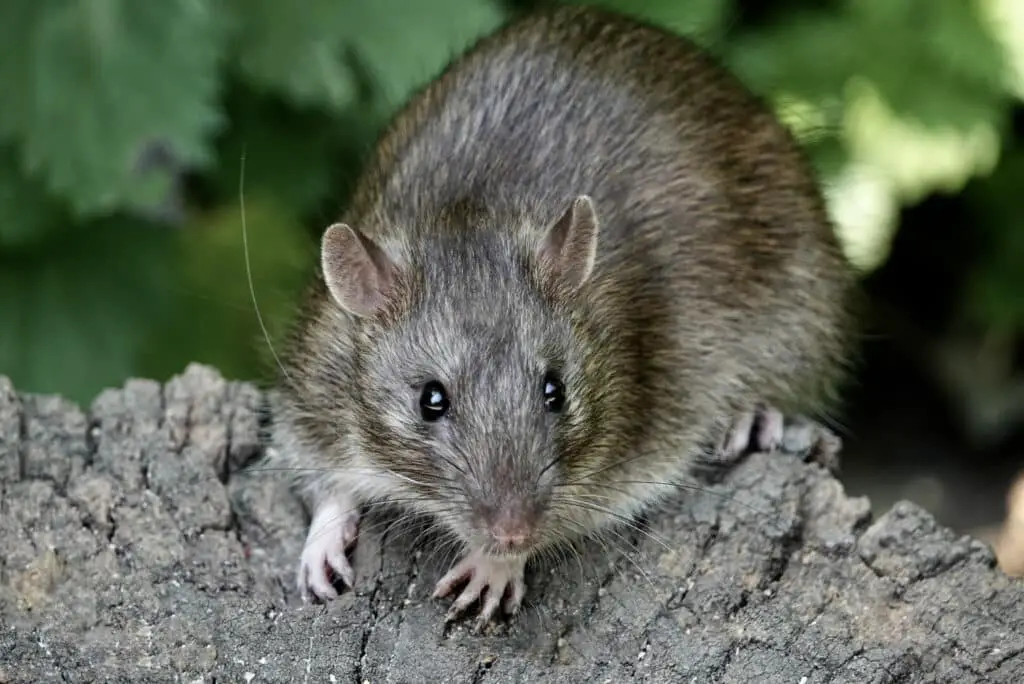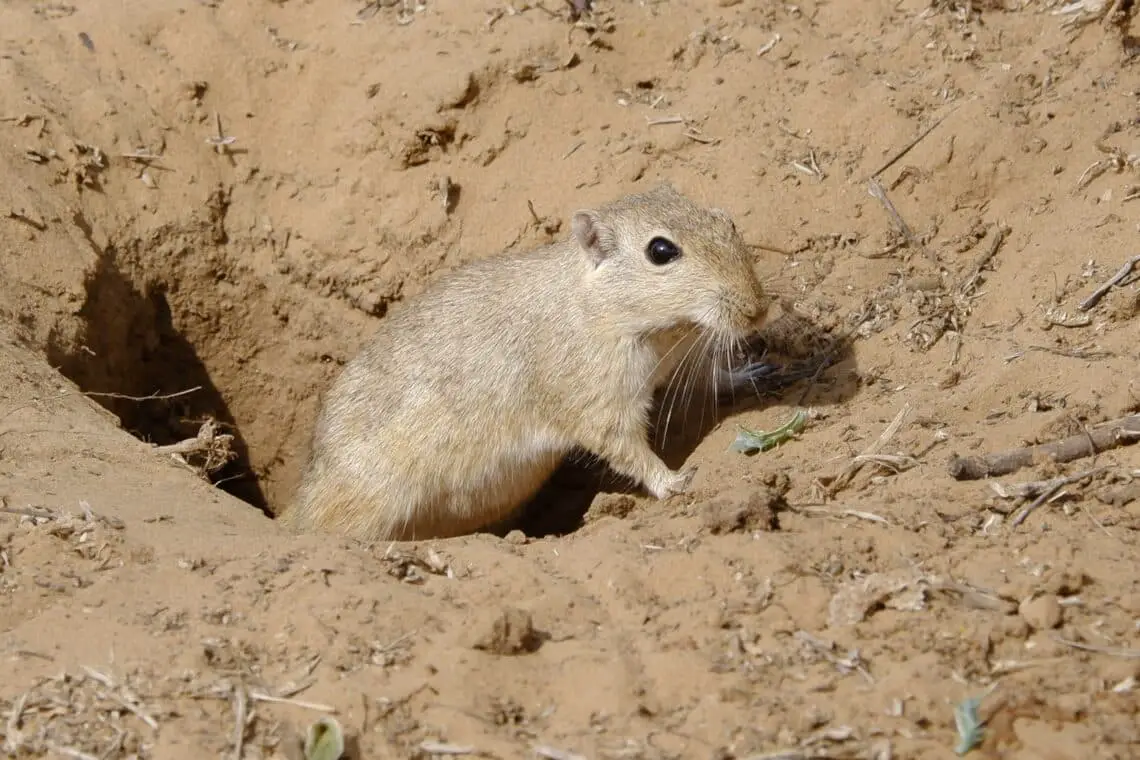Introduction
Do Rats Burrow In The Ground: Rats, those ubiquitous and often unwelcome rodents, have long been known for their adaptability and resourcefulness in urban and natural environments alike. One of their most intriguing behaviors is their propensity to burrow in the ground. This intriguing aspect of rat behavior offers a fascinating glimpse into their survival strategies and the impact they can have on their surroundings. We will delve into the world of rats and their underground tunnels, uncovering the reasons behind this behavior and shedding light on the consequences it can have for both humans and ecosystems.
Let’s delve deeper into the captivating world of rats and their subterranean habitats. Rats, which include various species like the common brown rat Rattus norvegicus and the black rat Rattus rattus, have demonstrated an innate ability to thrive in diverse environments across the globe. Their burrowing behavior is a testament to their adaptability. As we unearth the secrets of why and how rats burrow in the ground.
Rat burrows, often referred to as rat runs or rat tunnels, serve several crucial purposes in the lives of these rodents. Burrows provide rats shelter from predators and inclement weather, creating a secure and temperature-regulated haven for them. These tunnels are a means of transportation, allowing rats to navigate their territory swiftly and discreetly, making them elusive and challenging to capture.

What does a rat hole in the ground look like?
A rat hole may not be perfectly round, but it is roughly two to four inches in diameter. You usually see freshly dug dirt around the opening that forms a characteristic fan shape. Depending on the season, the rats may frequently go outside to forage for food, and the frequent use makes the sides of the hole smooth.
Size: Rat holes are generally not perfectly round but are approximately two to four inches in diameter. The size may vary depending on the species of rat and its age, but this range is a common approximation.
Shape: These holes often have a somewhat irregular shape, not as precisely circular as some other burrowing animals. They may appear more oblong or oval, and the shape can be influenced by the specific terrain and soil conditions.
Surrounding Dirt: A noticeable feature of a rat hole is the presence of freshly dug dirt around the opening. Rats dig their burrows to create tunnels and chambers, and this digging activity results in displaced soil. This dirt is typically scattered around the entrance, forming a characteristic fan-shaped mound or pile of soil.
Smoothness: Over time, as rats frequently use these holes to enter and exit their burrows, the sides of the hole often become smoother. The constant traffic of rats can wear down the rough edges, making the entrance more polished or less jagged.
Activity Signs: In addition to the hole itself, there may be other signs of rat activity nearby. This could include rat tracks, droppings, or gnaw marks on objects in the vicinity of the burrow.
How do you get rid of burrowing rats?
By filling up the burrows and sealing up the entrances, you can discourage rats from living near your property. Not only does this destroy their home, filling a burrow disrupts the rats’ daily routine something rats hate. Such a disruption often causes them to leave and find new areas to make their nest.
Identify Burrow Locations:Carefully locate and identify the rat burrows on your property. Look for the characteristic signs, including holes with a diameter of about two to four inches, scattered dirt piles, and signs of rat activity nearby.
Safety Precautions:Before taking any action, ensure your safety. Use gloves and avoid direct contact with rat droppings or nesting materials, as rats can carry diseases.
Trapping or Baiting:Consider using traps or bait stations to capture and eliminate rats. Snap traps or live traps can be effective in catching individual rats. Place these traps near the burrows or along known rat travel paths.
Use Rodenticides (Caution Required):Rodenticides, or rat poisons, can be used as a last resort. However, extreme caution is necessary, as these substances can pose risks to other animals and even children if not used properly. Follow the manufacturer’s instructions carefully.
Fill and Seal Burrows:To discourage rats from returning to their burrows, fill the holes with soil, rocks, or a mixture of both. Make sure to pack the fill material tightly to prevent rats from easily digging back in.
Secure Trash and Food Sources:Remove or secure potential food sources that attract rats, such as garbage cans, pet food, and bird feeders. Store food in airtight containers, and keep outdoor areas clean.
Eliminate Shelter and Harborage:Trim overgrown vegetation, remove clutter, and eliminate hiding places around your property. Rats seek shelter and protection, so reducing their options can discourage them.
Regular Maintenance:Continuously monitor your property for signs of rat activity, and promptly address any new burrows or rat-related issues that may arise.
Should I block up a rat hole?
Rat burrows should be blocked for a few different reasons. First, this will disrupt the rodent’s normal pattern of daily activities. Rodents hate change and this will cause them to find new areas to make their nest.
Disrupting Rat Activity: Blocking rat holes can disrupt their daily routines and make them seek new nesting sites. This can be a valuable tactic for deterring rats from your property. That rats are adaptable creatures, and while this disruption may encourage them to relocate, it might not eliminate the problem entirely.
Identify All Entry Points: Before blocking any rat holes, thoroughly inspect your property to identify all potential entry and exit points. Rats are resourceful, and if you block one hole without addressing others, they may find alternative ways in and out.
Use the Right Materials: When blocking rat holes, use appropriate materials such as wire mesh, hardware cloth, or cement. These materials are durable and can effectively deter rats from reopening the burrows.
Combine with Other Methods: Blocking rat holes should be part of a broader strategy for rat control. It’s essential to address the root causes of the infestation, such as removing food sources, eliminating harborage areas, and using traps or rodenticides as needed.
Regular Maintenance: Continuously monitor your property for signs of rat activity and any new burrows. Rats are persistent, and it may take time to completely rid your property of them.
Do rats make holes in the ground?
Burrow Rats are known to burrow underground, and if you notice holes in the ground or signs of digging, it could be an indication that rats are present. Noise Rats are known to be active at night and they can make noise such as scratching, scurrying, and gnawing sounds.
Rats are known to make holes in the ground as part of their burrowing behavior. These holes or burrows are created by rats as they dig tunnels and chambers beneath the surface. The size and appearance of the holes can vary depending on the rat species, soil type, and the specific purpose of the burrow.
Rats dig burrows for various reasons, including shelter, protection from predators and harsh weather, and as a means of navigation within their territory. The burrows can serve as nests for raising their young and storage areas for food.
The presence of holes in the ground, along with other signs such as scattered dirt piles around the openings, is a common indication of rat activity. Rats can also make noise while digging and moving within their burrows, which can be another clue to their presence.
If you suspect rats are burrowing in your area, To take appropriate measures for pest control to prevent potential damage and health risks associated with rat infestations.
Is it normal for rats to burrow?
In the wild, rats construct and live inside burrows that they expand and modify frequently 15,16. Rats are also adept climbers and use this behavior to escape from predators and to forage 17,18.
Shelter: Burrows provide rats with a safe and secure place to live. They offer protection from predators, extreme weather conditions, and disturbances.
Nesting: Rats use their burrows as nesting sites, where they give birth to and raise their young. The burrows offer a controlled environment that helps protect their offspring.
Food Storage: Rats often use burrows to store food. This allows them to hoard and protect their food supply for times when resources are scarce.
Navigation: Burrows serve as a network of tunnels and chambers that rats use for navigation within their territory. They use these tunnels to move from one location to another, find food, and access water sources.
Comfort and Hygiene: Burrows provide rats with a comfortable and hygienic environment where they can groom themselves and stay clean.
Escape Routes: Rats are agile climbers, but they also use burrows as an escape route when they need to evade predators or threats.
How many rats live in a burrow?
A rat burrow can be anywhere from one to six feet deep and will have an entrance, an exit, and maybe even an escape hole. A typical burrow will house a family of approximately eight rats.
The number of rats that live in a burrow can vary depending on various factors, including the size of the burrow, the availability of resources, and the rat species. However, the estimate of approximately eight rats living in a typical burrow seems reasonable for some rat species, especially in a family group.
Rats are social animals and often live in colonies or family groups. A typical rat family group may consist of a dominant male, a dominant female, and their offspring. The size of the family can vary based on factors such as food availability and environmental conditions.
Rat burrows can have multiple chambers and tunnels, providing shelter and nesting space for the family group. These burrows may also have escape routes and multiple entrances and exits for added security.
How do you find out where rats are getting in?
- Droppings.
- Urine smells and stains.
- Gnaw marks.
- Burrows.
- Grease marks.
- Runways.
- Nests in insulation.
- Tracks and footprints.
Droppings: Rat droppings are a clear indicator of rat activity. Look for these small, pellet-like droppings near potential entry points, along walls, and in areas where rats may be active.
Urine Smells and Stains: Rats often leave urine stains and strong, ammonia-like odors. These can help you trace their paths and locate entry points. Use a blacklight to detect urine stains that may not be visible under normal lighting conditions.
Gnaw Marks: Rats have strong teeth and constantly gnaw on objects to keep them from growing too long. Check for gnaw marks on wood, plastic, wires, and other materials near potential entry points.
Burrows: As mentioned earlier, rats are burrowing animals. Look for rat burrows in the ground around your property, especially near the foundation, as these can be entry points into buildings.
Grease Marks: Rats have oily fur, and they often leave grease or dirt marks along walls and entry points where they frequently travel.
Runways: Rats tend to follow consistent pathways, known as runways or travel routes. These can be identified by flattened grass, dirt, or dust along walls and near entry points.
Nests in Insulation: If rats have gained access to your home or building, they may build nests in insulation materials. Inspect attics, crawl spaces, and wall voids for signs of rat nests.
Tracks and Footprints: In dusty or muddy areas, you may find rat tracks or footprints, which can indicate their travel routes and potential entry points.
What size hole can a rat get through?
Rats, like mice, can squeeze through impossibly small gaps anything down to the size of a 10p coin and should never be underestimated as to their versatility and persistence when trying to enter a building.
Rats are indeed remarkably flexible and can squeeze through very small openings. They can fit through holes and gaps that are roughly the size of a quarter about 0.94 inches or 2.4 centimeters in diameter. Their ability to compress their bodies allows them to access a wide range of entry points, making them highly adaptable and persistent when seeking shelter or food inside buildings.
To effectively rat-proof your property, it’s essential to seal or block all potential entry points, including gaps, cracks, and holes that are larger than a quarter in diameter. Using materials like wire mesh, hardware cloth, steel wool, or cement can help prevent rats from gaining access to your home or structure.

Conclusion
Whether rats burrow in the ground is met with a resounding affirmation. Rats, driven by their innate survival instincts, have evolved to be prolific burrowers. Their ability to excavate intricate networks of tunnels beneath the earth’s surface serves as a testament to their adaptability and resourcefulness in diverse environments. These subterranean habitats fulfill essential functions in the rats’ lives, offering protection from predators, shelter from harsh weather conditions, and efficient transportation within their territories.
The construction and maintenance of these burrows are vital components of their survival strategies. However, while rats’ burrowing behavior is a remarkable feat of nature, it can also pose significant challenges and risks in urban and agricultural settings. Rats’ subterranean activities can lead to structural damage, sanitation issues, and the spread of diseases, making them a concern for human populations. Understanding the behavior of rats and their burrowing tendencies is essential for effective pest control and wildlife management.
By recognizing the signs of rat burrows, taking appropriate pest control measures, and implementing preventive strategies, we can strike a balance between coexisting with these adaptable rodents and safeguarding our living spaces from the potential problems they may bring. The world of rats and their underground burrows continues to be a subject of intrigue and study, highlighting the intricate interplay between wildlife and human environments.





No Comments